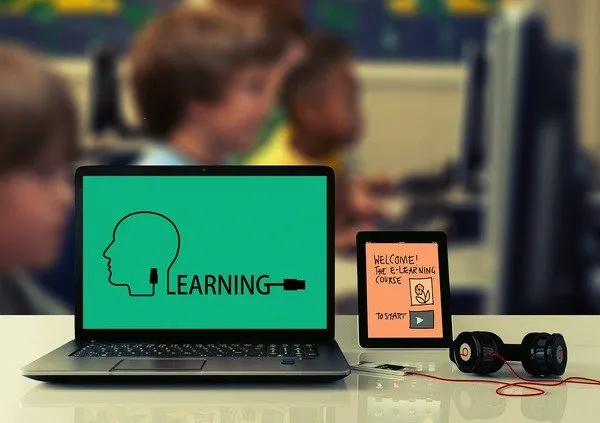Selecting the right translation software for e-learning relies on a couple of important elements. For instance, you will need to determine the scope and sophistication of your e-learning materials. Similarly, you'll also need to identify your target audience and determine the list of languages in which you wish to have your content translated and localized.
However, there is no shortage of reputable and quality translation software platforms that both individuals and organizations can use based on their affordability and scope of work. In light of this, we're going to take a deep dive into identifying some great translation software and also discuss key considerations while looking for the right translation platform.
Top Things to Note When Looking for Translation Software
How Compatible the Platform Is
The first step to ensuring that you choose the right platform is to see whether it offers the right file formats for enhanced e-learning translation compatibility. Similarly, it is also a good idea to check what types of authoring tools the platforms offer.
Seamless Integration
Choose a software that offers seamless integration with the types of e-learning tools that you use. Always go for a platform that can help you optimize your workflow and results.
Must Be a Feature-Packed Software
The software or translation platform should always include multiple innovative features and functionalities, such as AI assistants, automated translations, terminology lists, translation memory, etc.
Intuitive Interface and a Minimal Learning Curve
The translation software for e-learning must also provide you with ease of use and seamless accessibility, providing your instructor, translation specialists, or project managers with convenient dashboard features and tools to make the process smooth and productive.
Scalability
Go for a software solution that you can use to transition between different levels of your projects. Scalability is a very important element you need to manage different languages for translations as well as adjust to smaller and larger project workflows based on the volume of your content.
Community Support
Last but not least, the platform must also represent an excellent user and developer community with a large knowledge base to help you troubleshoot common errors or issues as fast as possible while also providing maximum insight.
List of the Best Software for E-Learning Translation
1. Smartling
Smartling is worthy of notice should you're searching for an easy-to-use translation software. It offers a cloud-based approach to e-learning localization and translation for starters. Plus, you get to choose from different file formats to make your projects more user-friendly and engaging. Moreover, the software also offers users real-time feedback on translations and a flurry of responsive and interactive tools.
2. SDL Trados Studio
SDL offers a wealth of translation integrations and support tools such as terminology control, and complex quality assurance management. The software also supports multiple file formats while letting users integrate the software with different content management systems via APIs.
3. MemoQ
MemoQ offers exceptional and cutting-edge translation tools and functionalities, such as machine translations, analytics, data management for your translations, and terminology management, and is compatible with a slew of file formats.
In addition, the software is designed for easy and streamlined integration with a variety of CMS, business software, AI-based translation applications, and other tools.
4. XTM Cloud
With XTM Cloud, you can customize your e-learning translation projects using a variety of innovative authoring tools as well as AI-based tools for enhanced content management. In addition, you can use the software with your existing authoring tool.
5. Phrase
Phrase is advisable to use if you are looking for highly innovative and user-friendly e-learning content customization. The service offers a long feature list to both businesses and individuals ranging from in-content editing to translation memory, API integrations & others. Plus, Phrase is also compatible with most e-learning authoring tools.
The right translation software for e-learning should be a feature that matches your content profile and the scope of your project. A suitable platform should immensely reduce repetitive workflows and help produce quality localized content for a variety of audiences while also focusing on compatibility, ease of integration with existing systems, scalability, and an active support community. When you have the right tools, creating captivating and easily consumable e-learning experiences now available to everyone around different parts of the world becomes a breeze!



